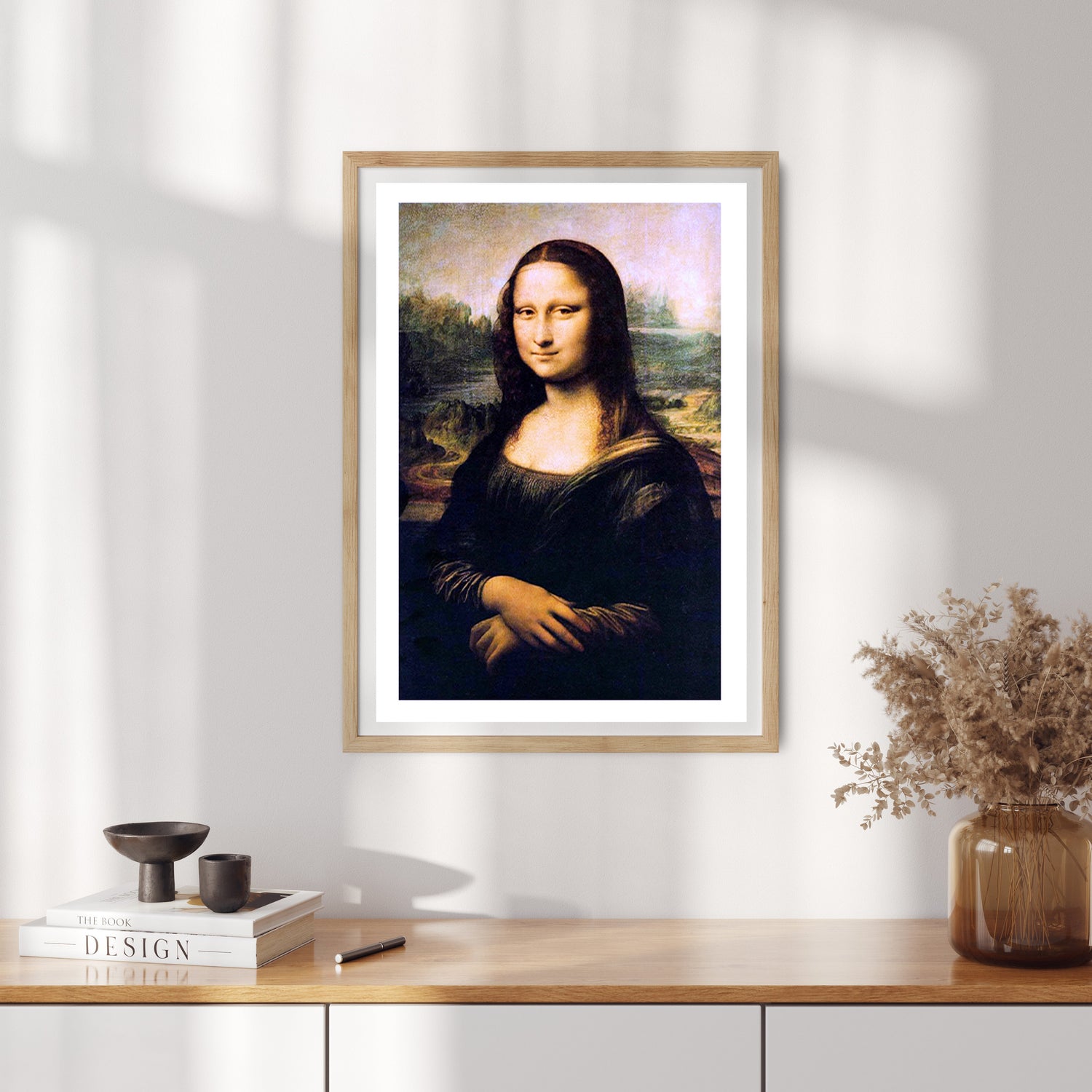The Genius of Renaissance Artists
The Renaissance was a period of great cultural, artistic, and scientific awakening in Europe from the 14th to 17th centuries. It marked a dramatic shift away from the medieval period and ushered in the modern era.
Central to the Renaissance was a renewed interest in classical art, literature, and learning from ancient Greece and Rome. Perhaps no group embodied the spirit and ideals of the Renaissance more than the master artists who created some of the world's most enduring works of art during this time.

Leonardo da Vinci (1452-1519) was a true "Renaissance man" - not only an exceptional painter but also a scientist, inventor, engineer, architect, and more.
His most famous paintings include the Mona Lisa and The Last Supper. Leonardo's works are characterized by masterful technique, innovative use of perspective and shading, and a deep understanding of human anatomy and emotion.
Michelangelo (1475-1564) was a sculptor, painter, architect, and poet whose works exude power and spirituality. His most well-known creations include the 17-foot marble statue David and the sprawling ceiling frescoes and altar wall of the Sistine Chapel. Michelangelo's figures are muscular and dynamic, reflecting his belief that the human body is a beautiful work of divine art.

Raphael (1483-1520) was renowned for the balanced composition, idealized beauty, and serenity of his paintings. His most famous work is The School of Athens fresco which depicts an imagined gathering of famous classical philosophers.
Raphael was a master of capturing graceful human forms in perfect proportion and in harmonious relation to one another.
Other Notable Renaissance Artists
While Leonardo, Michelangelo, and Raphael may be the most famous, there were many other incredibly talented and influential renaissance artists who made important contributions:
Titian (1490-1576) - The greatest Venetian painter of the 16th century who masterfully used rich color and loose brushwork in portraits and scenes from mythology and religion
Albrecht Dürer (1471-1528) - German painter and printmaker considered one of the first master artists to emerge from outside Italy; known for incredibly detailed engravings and woodcuts as well as paintings

Sandro Botticelli (1445-1510) - Florentine painter known for mythological and religious paintings like The Birth of Venus and Primavera that epitomize feminine grace and beauty
In The Birth of Venus, Botticelli masterfully captures the essence of the goddess of love and beauty. The central figure, Venus, stands gracefully on a giant scallop shell, her hair flowing in the wind and her delicate features exuding a sense of divine beauty. The painting is a testament to Botticelli's skill in rendering the human form with remarkable detail and precision.
Botticelli's masterpiece continues to captivate and inspire art lovers around the world, serving as a reminder of the timeless power of art to capture the human imagination and celebrate the beauty of the divine.

